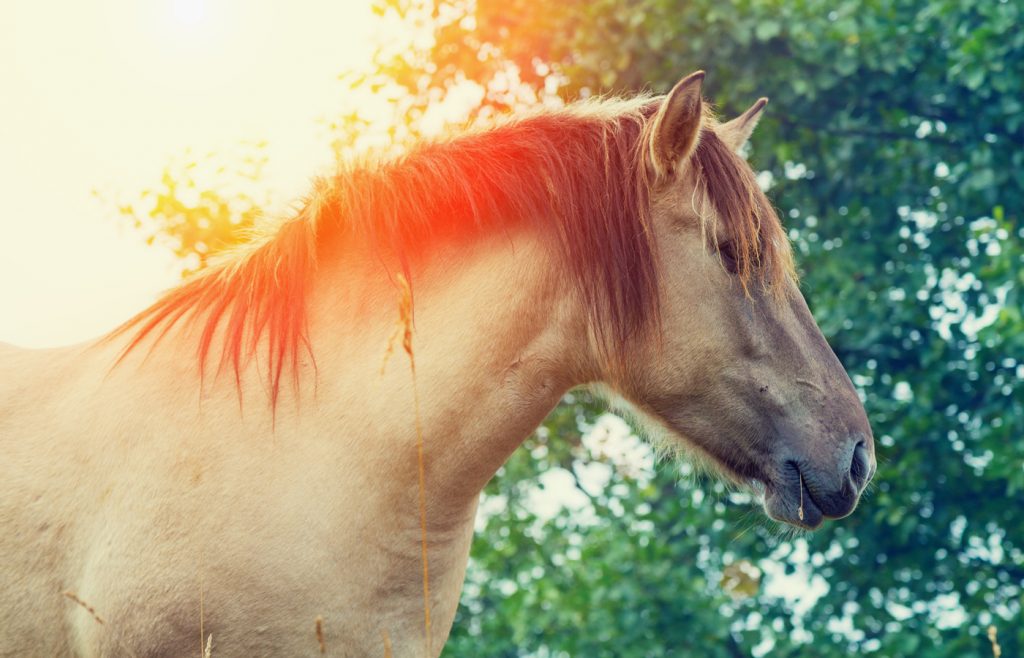
Welcome to the inaugural article of “Learning by Chance.” You’re probably wondering, “Who is this man and what does he know about horses?” Good questions.
I could say that I was born on a ranch and learned to ride before I could walk. I could say that I caught horse fever as a youth and have spent the greater part of my life around horses. I could tell you that I have bred and showed horses all over North America. In truth, I would be a liar if I asked you to believe all of that, because none of it is true.
The only thing I knew about horses for most of my life was attending thoroughbred races in college and deciding what horse to bet on. I was a city kid, a child of the 1950s who only knew about horses from what I saw in the movies and on television during the golden age of Gunsmoke,Bonanza, and The Lone Ranger.
It wasn’t until I was in my forties, when my older daughter was nine and asked to take riding lessons, that I actually had the opportunity to spend time in the close presence of real horses. And what I found is that there is a passion that awakens in some people (yes, I’m hooked)that can be a life-changing experience. It has been for me, to be sure.
My initial education began as I helped my daughter prepare for her weekly lessons. Our trainer was committed to the concept that her students learn about all aspects of horsemanship. Not to be left behind, I read everything in my local library and then started buying horse books. I compared what I read to my weekly personal experiences and slowly began to understand how horses communicate and how to speak to them in a language that they understand. My focus was always on safety for the horse and rider, best practices in working with horses, and later, how to educate people as to the wisdom, energy, and emotional strength of horses. Five years later,I bought a small ranch and began acquiring my own horses. When I became the owner of Chance, an eight-year-old Arabian gelding, my education as a horseman truly began. It’s these lessons I’ve learned with Chance, often by chance, that are the inspiration for this column.
In future articles, I’ll write about different aspects of horsemanship. We’ll learn that horses are massive, immensely powerful, beautiful, and graceful creatures that are also prey animals that prefer to run than fight. We’ll know that horses are clear communicators that telegraph their thoughts and next moves. We’ll discover that they have long memories and a forgiving nature, that most horses prefer slow, predictable behaviors from humans and are frightened by quick, unfamiliar movements. Once we begin to understand the nature of horses and how they view the world, we will become more likely to develop the style of communication that will result in both horse and human knowing the rules of interaction and how the game is played.
The stakes for humans and horses are huge. If someone speaks Greek to you and you only understand and speak French, there’s no chance of communication. The same principle applies to the way humans communicate with horses. Too often a disconnect exists between the way horses prefer to communicate with humans, and the way humans tend to communicate with horses. An old saying made by beginning riders, “Kick to go and pull the reins to whoa,” is potentially a recipe for disaster and is not even close to the reality of riding horses.
I’ve been approached by too many people with too many stories about their own or their acquaintances’ bad early experiences with horses. Or they bought a young, inexperienced horse for a young, inexperienced child when they themselves were inexperienced. It ruined their relationship with horses for a long, long time, and sometimes for life.
In this column, we will discuss natural horsemanship methods that are based on fairness and clear expectations. From early Native American horse whisperers to today’s modern horsemen and horsewomen in the mold of Buck Brannaman, Monty Roberts, Sharon Camarillo, and others, we will discover why they never had to “break” horses, and instead learned the communication patterns of horses and worked with the horse’s natural language.
My goal is to explore what horses can teach us and how we can forge better relationships with them. My hope is that ideas will emerge that will better both humans and horses.
Please join me in this journey. I know you’ll enjoy the ride!
